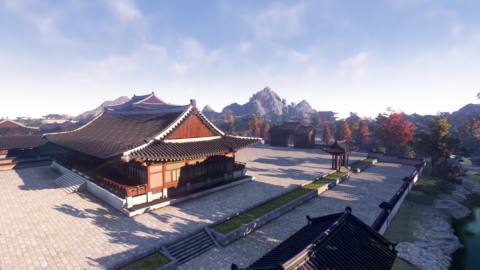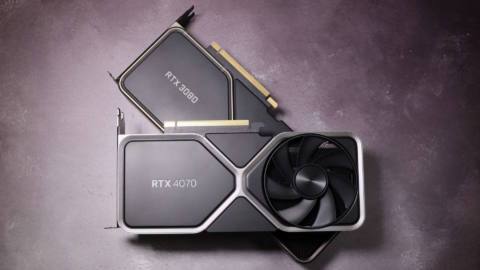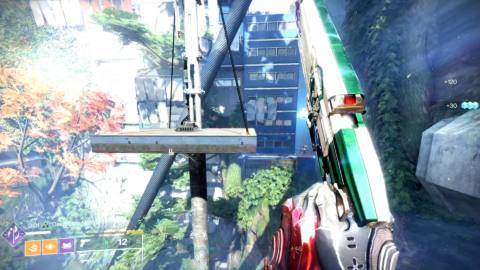What is it? A big wide systemic FPS sandbox in the Chornobyl exclusion zone.
Expect to pay $60/£50
Developer GSC Game World
Publisher GSC Game World
Reviewed on RTX 4080, Ryzen 7 3700X, 32GB DDR4 RAM
Steam Deck N/A
Link Official site
I admit it: I was scared. The gleaming trailers, the Microsoft showcases, the Unreal Engine 5—Stalker 2’s marketing didn’t look like any Stalker I’ve known and loved. Had GSC traded in all the series’ beloved jank in pursuit of streamlined console success? Had it made Metro by another name?
Well, never trust a trailer. It might be shinier and it might have gamepad support, but Stalker 2 is still Stalker down to its bones, that unique and unreplicable mixture of FPS, survival horror, and immersive sim. Whether X-Ray or UE5, the game’s ambition still strains against the seams of its engine. It’s still filled with systems—factions, artifacts, anomalies, a world filled with people going about their business and the staccato thuk-thuk of Eastern Bloc weaponry—that at times push the whole thing to breaking point and beyond it.

PCG hardware guru Nick Evanson has been hard at work putting Stalker 2 through an exhausting battery of performance tests across all sorts of hardware configurations, including handheld PCs. You can find his full Stalker 2 performance analysis here.
It’s excellent, and undoubtedly my personal game of the year, but here comes the caveat. I meant what I said: Stalker 2 is Stalker to the bone, and that means the bad stuff too. There were errors, crashes, progress-halting bugs and at-times hilarious glitches in animation and AI, plus minor stuttering that I just came to accept as the price of admission, even at 1440p on my 3700X, RTX 4080, and 32GB RAM-equipped machine. And though a meaty day-one patch has helped a lot, the game still feels rickety: a bit stuttery, with AI that still sometimes fails to distinguish between friend and foe, and so on.
Lord knows I can’t fault the devs—that the game exists at all despite its home country being invaded partway through development is a miracle—but it does mean the whole thing feels like it hasn’t quite set just yet. Do I love Stalker 2? Yes. Does Stalker 2 make itself easy to love? No. Or at least, not without the patches that GSC promises are in the pipeline.
Fire and forget
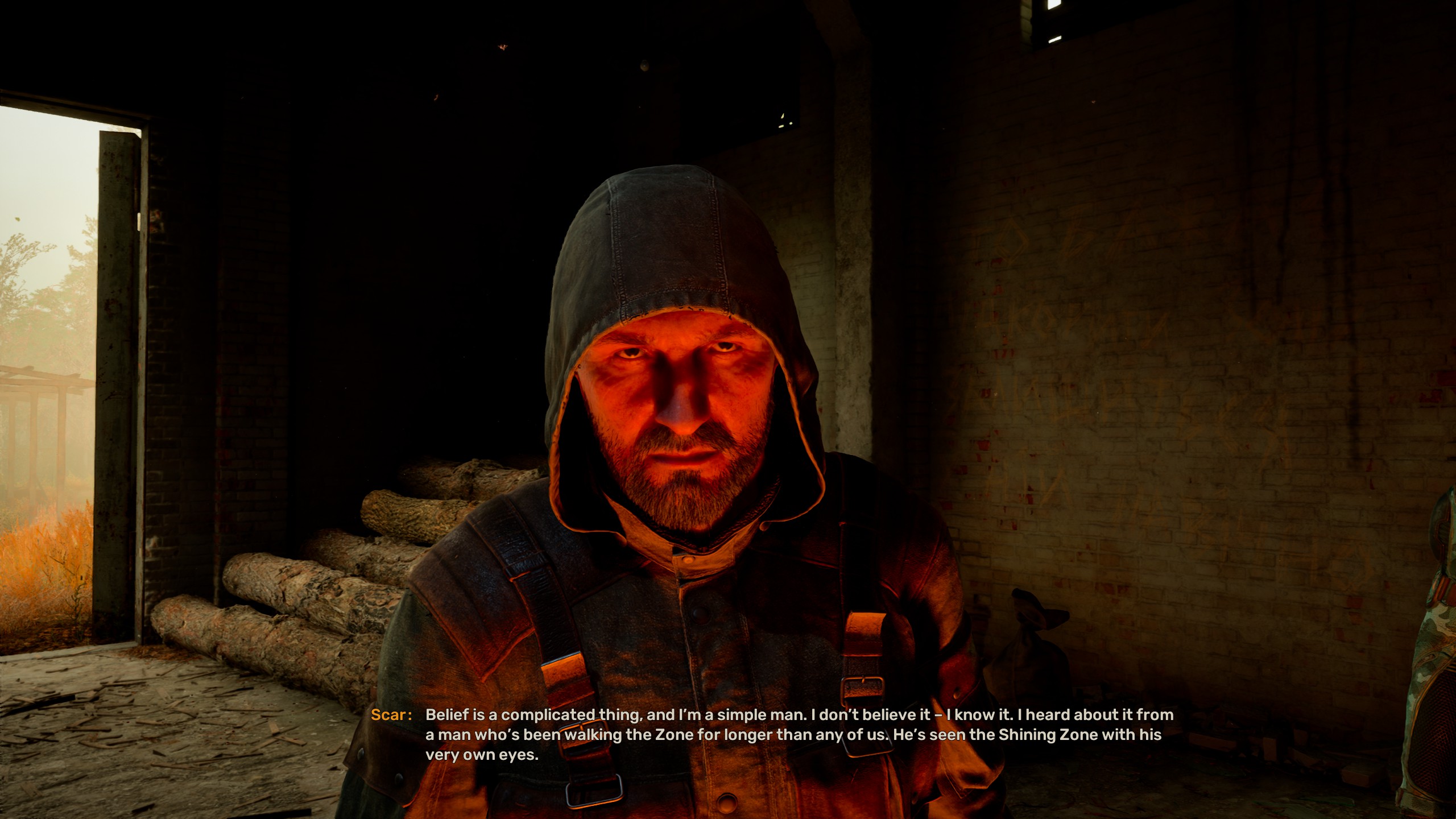
You don’t play anyone familiar in Stalker 2 (which is actually the fourth in the series, if you’re new to the Zone). You’re Skif, an ex-military type from the Mainland—the relatively normal Ukraine outside of Chornobyl—who awoke in the night to find his kitchen rudely annihilated by an artifact, one of the many priceless, semi-magical treasures that the Zone produces as a matter of course, and which make it catnip to fortune-seekers.
Down one apartment and rather annoyed about the whole thing, Skif ventures into the Zone to figure out just what the hell an artifact thinks it’s doing spawning in his flat, and soon finds himself entangled in a multi-layered plot pileup of factional warfare, personal vendettas, competing ideological visions, and sporadic gangland violence, with plenty of choices for you to make about who to side with along the way.

Stalker has always, quietly, had one of the stranger and more philosophical stories in the videogame narrative pantheon, and boy does Stalker 2 make good on that legacy. It doesn’t so much have a plot as it has a series of small ones in sequence that all eventually add up, each taking you to some new part of the astonishingly massive Zone map, which encompasses, so far as I can tell, every location featured in previous games and then some, and which looks more beautiful than ever with all the whizzbang bells and whistles of 2024. Never before have videogames let us descend into cursed basements with lighting so atmospheric or so eerie.
Never before have videogames let us descend into cursed basements with lighting so atmospheric or so eerie
Exploration feels never-ending, as do the 2-kilometre sprints every time the game sets down a new quest marker that seems almost spitefully far away (fast travel requires you to speak to paid guides in population hubs, and they only go to other hubs). Ah well, you’ll probably pick up some neat artifacts on the trip.
I enjoyed the tales-within-a-tale structure, for the most part, but it does have the discombobulating effect of making you feel multiple times like you are approaching the final showdown, the great denouement, the climax of climaxes, only for the game to turn around and pretty much say ‘and now, the rest of the story. Please turn your cassette to side B’. Its pacing gets fatiguing, particularly as you get into the true endgame but things still continue to go on. And on. And on.

The world at war
But you don’t really come to a Stalker game for its story. You come for its stories: the bizarre anecdotes that the game’s systems and “A-Life” AI can’t help but spit out, and Stalker 2 has those in spades. This is a bonafide clockwork world, and its NPCs—who to this day retain their utterly charming procgen names like “Gena Badass,” “Vanya Ampoule,” “Max Sleepy,” and so on—are just as much subject and victim to its whims as you are.
Take, for instance, the military checkpoint that solved itself. Sprinting to a quest marker, I ran into a roadblock set up by the bullying, military Ward faction. I was not on good terms with the Ward. The main plot had given me multiple opportunities to side with them and I responded to every single one with gunfire, so the troops weren’t keen on letting me pass.
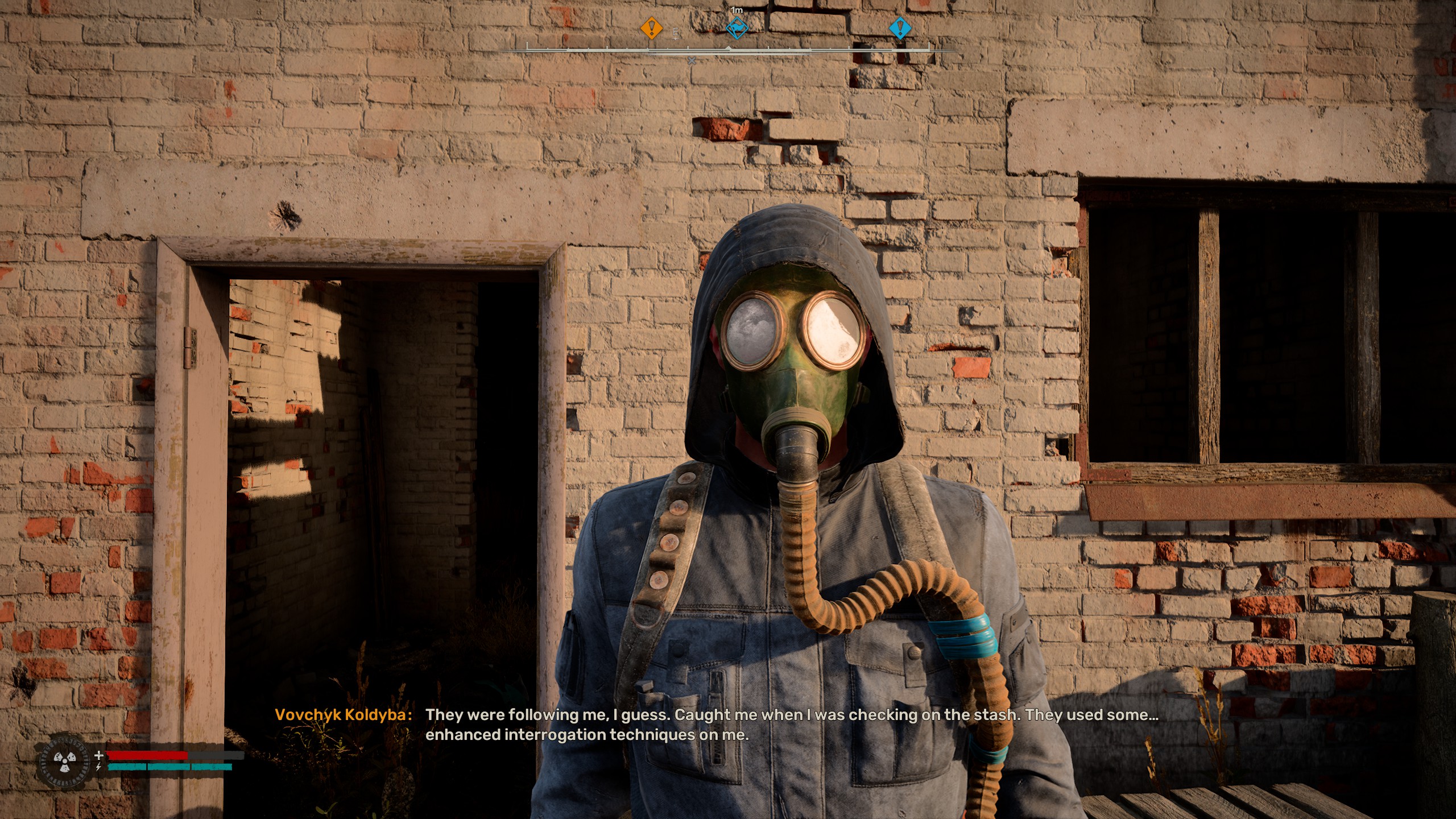
A conundrum. I stood, brow furrowed, rain pattering on my hardened military exoskeleton, pondering how best to resolve the situation. I could open fire, I could sneak through, I could search for some other means of ingress.
Or I could count on the enormous pack of feral dogs that descended out of the darkness to lay total waste to the camp. Stalker 2’s stars had aligned in such a way that these dogs, on their travels, happened to walk right into the checkpoint I needed to get through. Like a plague sent by God, they devoured every troop in there, taking heavy casualties themselves as the panicked soldiers let rip a hail of gunfire that turned night into day. After 15 seconds my problems were a dim memory. I put down the few remaining pups and carried on.
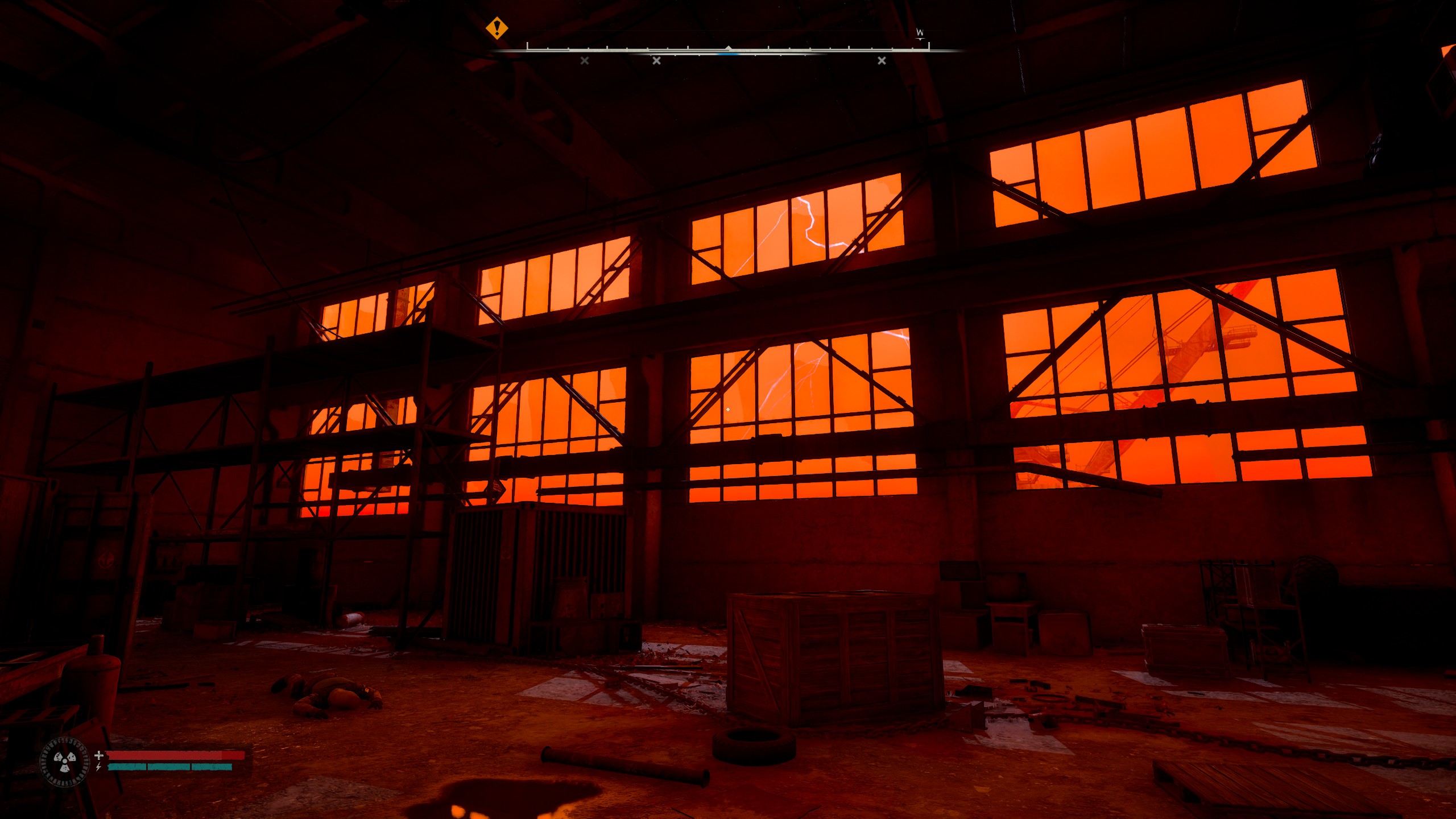
This, to me, is Stalker’s soul, and it burns bright in Stalker 2. It’s not just the checkpoint dogs, it’s the quasi-bossfight with a big scary mutant that got cut short before I even breached the basement he was hiding in, because he’d gotten caught in a burner anomaly and died. It’s watching two hostile factions destroy each other in a woodland skirmish before you pick off whoever remains for the loot. It’s being pursued across the map by a faction you’ve tanked your rep with by, uh, picking off its members in the aftermath of a woodland skirmish. It’s a world that obeys its own rules without favour or bias: action meets consequence meets action, on and on and on.
But it’s also here, in the knotty systemic stuff like the faction system, that some of the worst bugs reared their head for me. Although I went to great lengths—including multiple extended bouts of mass murder—to communicate my dislike for the Ward, the game never quite processed that I had completely severed ties with them.
One of their main quests, loose and orphaned, appeared in my log and sat there abandoned right up to the ending. This confused things multiple times when I had an objective along the lines of ‘kill all these Ward guys.’ The enemies wouldn’t attack, and when I had finished the slightly disconcerting task of euthanising my foes like cows, the quest log wouldn’t update, leaving me stranded. To be fair, GSC’s day-one patch mostly fixed this. The quest was updated, but the Ward still refused to treat me like an enemy. Better, but not quite a clean bill of health.

The rough with the smooth
But as a Stalker die-hard even the bugs feel a bit like an old friend. It’s these idiosyncrasies—the quirky, unforgiving, systems-driven game design and, yes, even the jank, that I worried GSC might be tempted to sacrifice in the leap to whatever ‘AAA’ means.
More fool me. The devs have been resolute in refusing to sand down any of the series’ rough edges for a new audience of potentially more casual players. Stalker 2 does not hold your hand and the Zone does not care about you. This is a game where the first mutant you fight is completely invisible, and that won’t hesitate to chuck its strongest enemies at you if you happen to make a wrong turn early on. Even if you escape, you spent precious resources on staying alive and your equipment probably got chewed up in the tussle; they’ll get you next time.
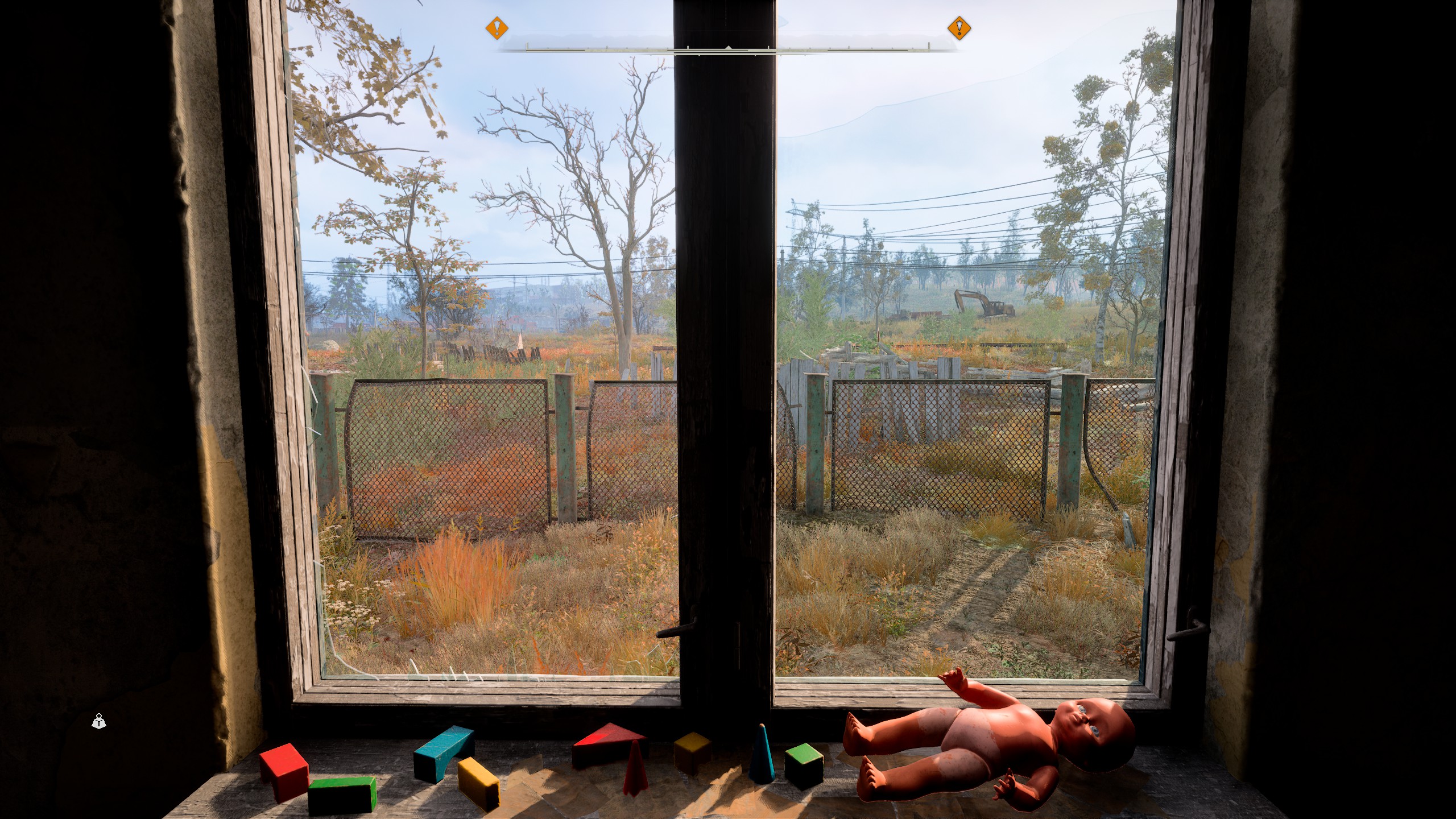
It’s almost uncanny to play something with such unsentimental, old-school design sensibilities that looks as good and feels as modern as Stalker 2 does, and it’s a welcome return for one of PC gaming’s greatest and most eccentric series. Yes, there are bugs aplenty, so maybe give it a little while before you dive in, and yes, the abrasive mechanics might put some people off. But it’s great to be back in the Zone after over a decade away, and to find that it hasn’t sacrificed the things that made it so special all those years ago.


